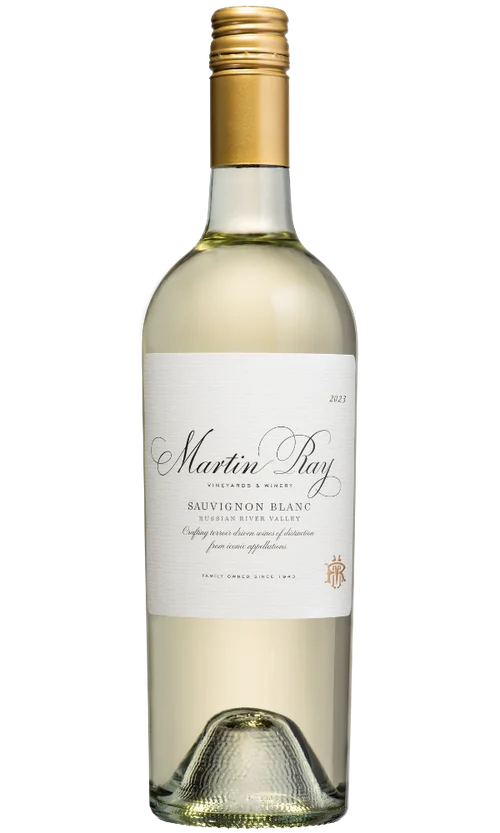About Sonoma County
Sonoma County Facts
Sonoma Valley is nestled between the Sonoma Mountain Range on the west and the Mayacamas Mountains on the East. North Coast winemaking began here back in 1825 when the missionary fathers established Mission Sonoma. By the 1850s, Sonoma had evolved into California's wine making center, a distinction it gradually ceded to Napa over the next fifty years. In the 1970s, however, Sonoma wines had begun to reclaim the international renown they enjoy today. With more than 7,000 acres planted to Sonoma Valley wine grapes, the Valley stretches for 40 miles north from the San Pablo Bay to just below Santa Rosa. Although summertime fog enters the valley from both the north and south, Sonoma's cooler regions by far are located in the southern part of the valley, primarily in the Carneros district. In contrast, the climate along the valley floor in the middle of the region can be quite warm. Though compact, Sonoma Valley hosts a very wide array of vineyard soil types, topographies, and elevations. That said, there are a few rules of thumb: In the southern Valley (between Carneros and the town of Sonoma).
Varietals Grown in the Sonoma County
The best Sonoma wines come from early-maturing varieties like Chardonnay, Gewurztraminer, Pinot Noir, and, from some producers, Merlot. On the hillsides and along the hilltops, Cabernet Sauvignon and Zinfandel fare the best so long as the elevation is above the frost line. Chardonnay and Pinot Noir, the two most widely cultivated varieties in Sonoma, perform best along the benchlands between Sonoma and Kenwood.























































